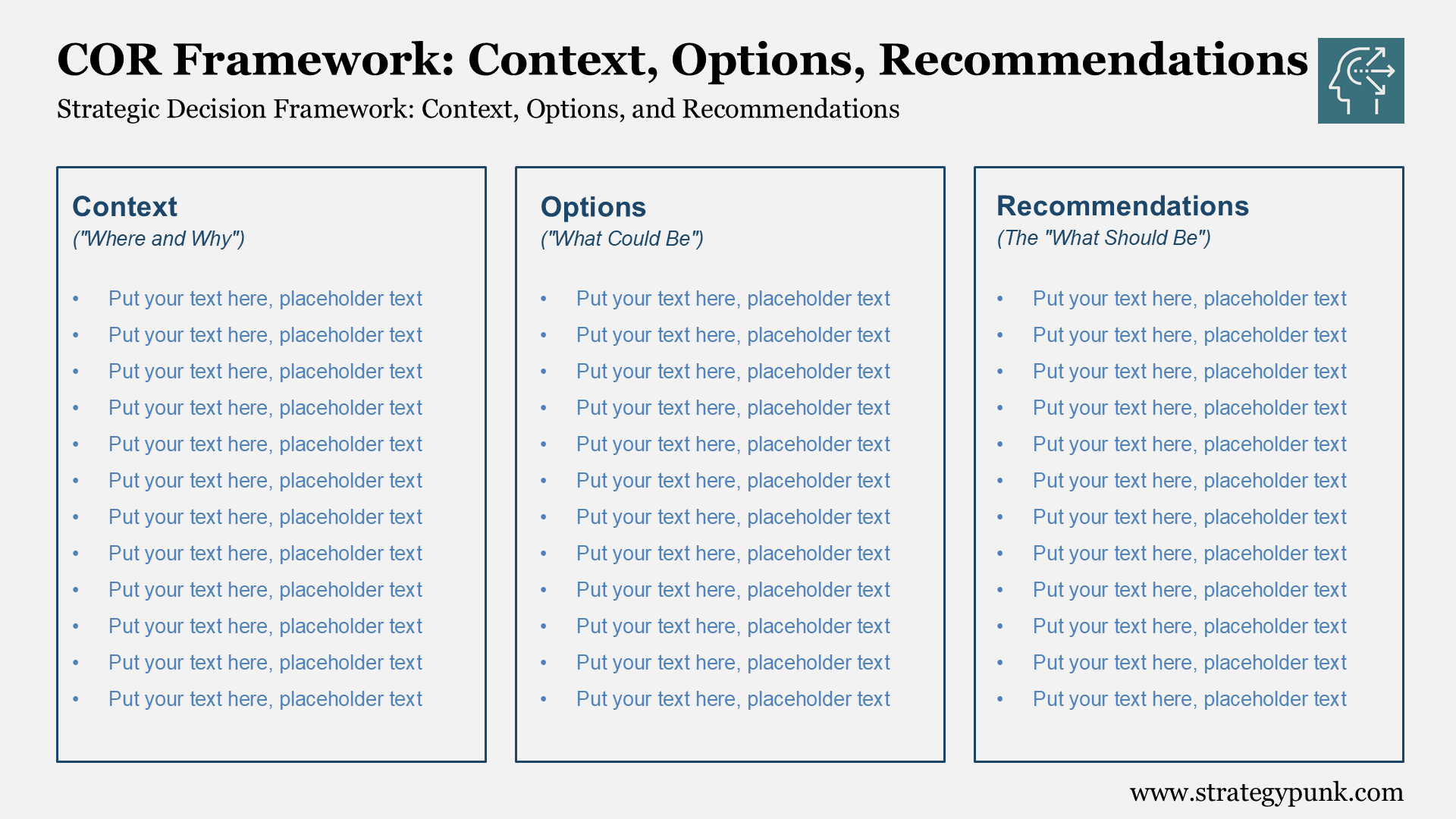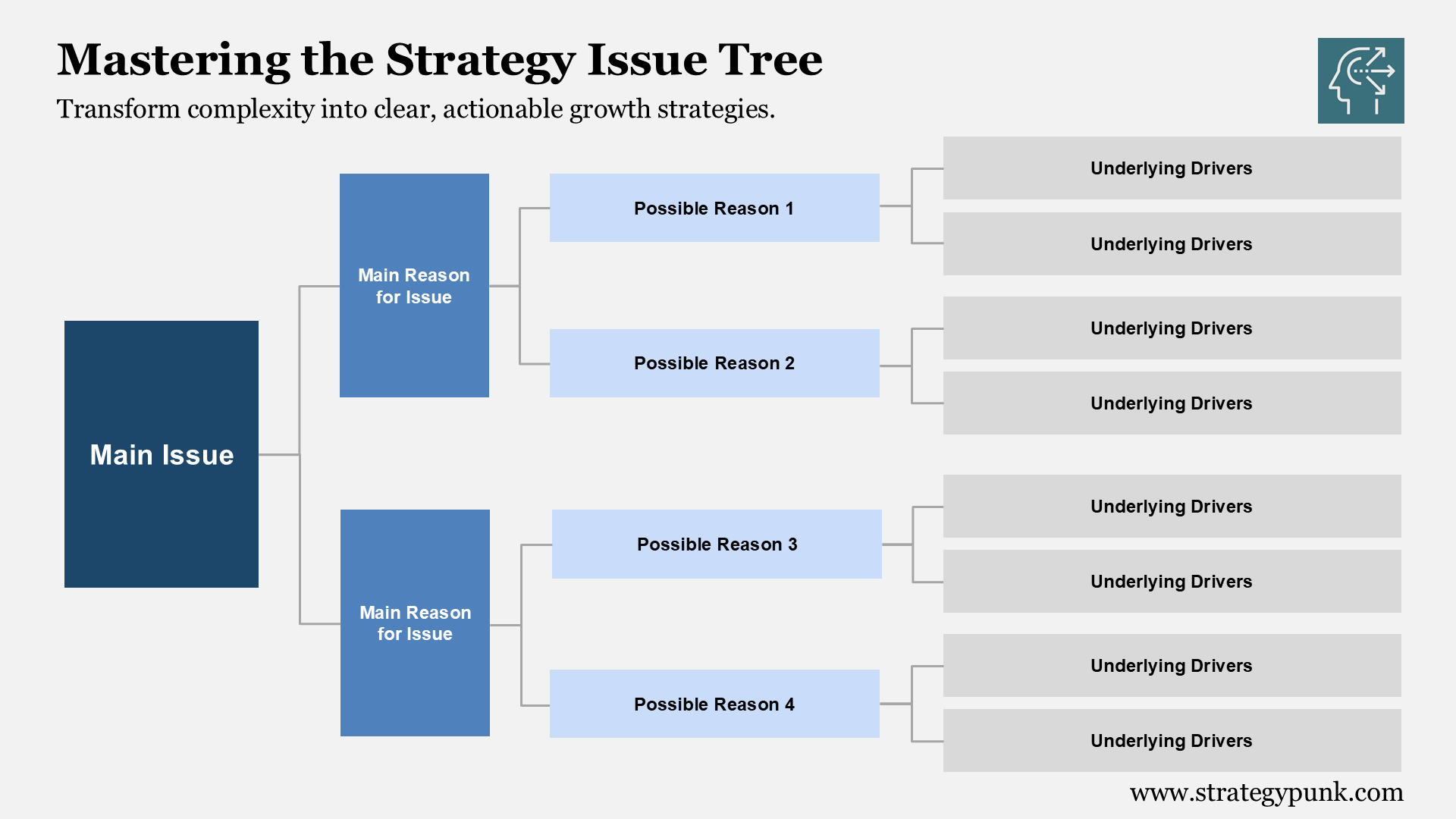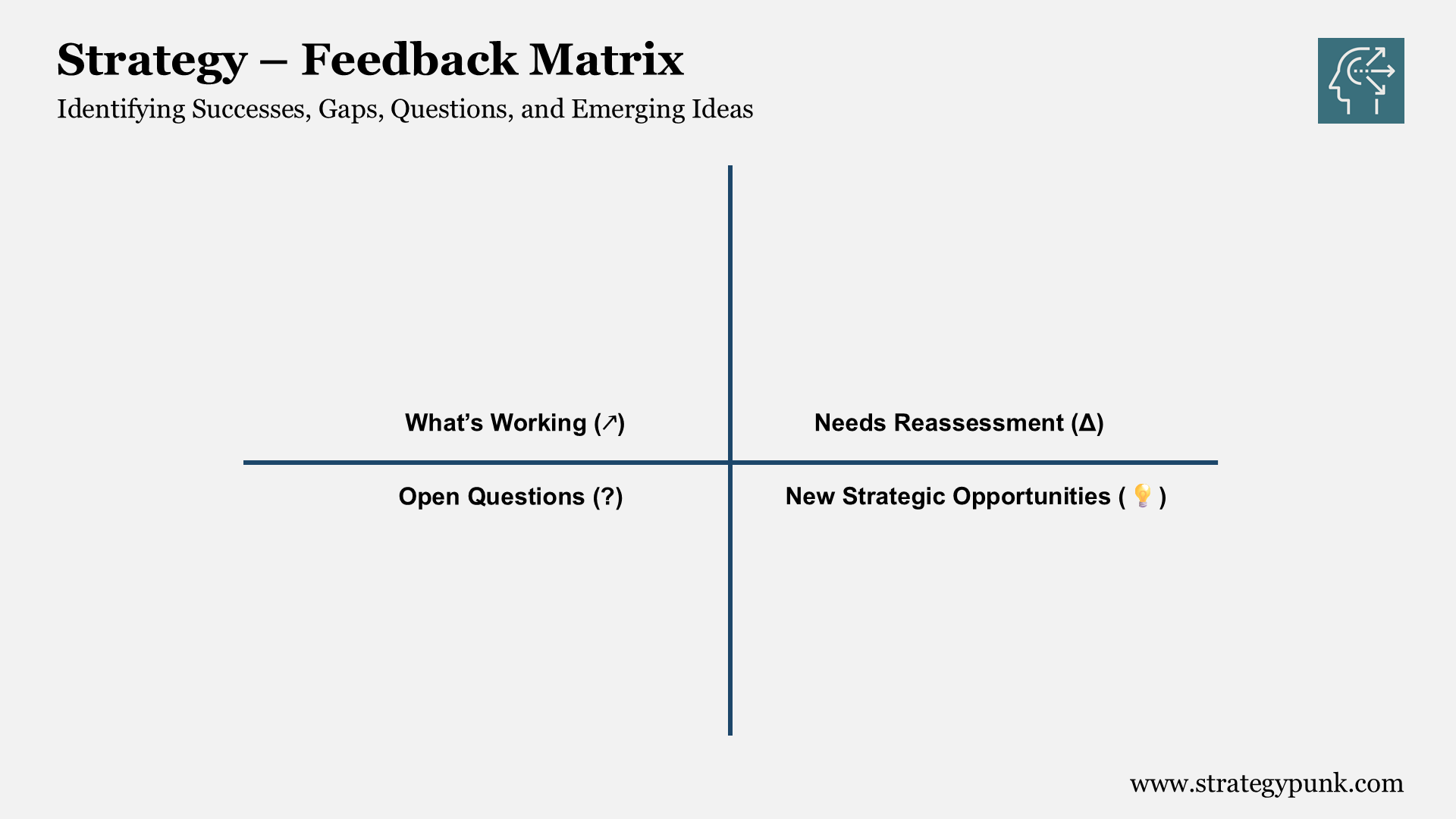Sustainability and the Three Horizons Model: A Path to Eco-Friendly Growth
Harness the Three Horizons Model to align business growth with sustainability. Balance current operations with future innovations while prioritizing environmental stewardship.

Introduction
As you seek to align your business's long-term growth with environmental goals, consider using the Three Horizons Model to integrate sustainability into your strategic planning. Initially developed by McKinsey & Company, the Three Horizons Model provides a framework for managing growth across three distinct horizons, which can be adapted to ensure a more sustainable and inclusive future. Incorporating environmental considerations into each horizon can foster a stronger connection between your growth strategy and sustainability efforts.
The first horizon focuses on maintaining and defending your core business, while the second and third horizons involve nurturing emerging companies and creating genuinely new opportunities. As you develop your approach, strive to embed sustainability into each stage of the Three Horizons Model. This might include optimizing resource usage in established businesses, exploring innovative clean technologies in emerging markets, and uncovering breakthrough solutions to pressing environmental challenges. By unifying long-term growth with environmental goals, you'll position your business for tremendous success while contributing to a more sustainable world for future generations.
Understanding the Three Horizons Model
The Three Horizons Model is a growth strategy framework created by McKinsey that helps companies align their growth plans with environmental goals. This model aims to help you coordinate long-term growth and innovation. Explore each horizon to understand how this model can benefit your sustainable development journey.
Horizon 1: Core Business and Incremental Growth
Horizon 1 focuses on your existing business, line extensions, feature updates, and optimization strategies. This is the stage where you can maximize your profits and cash flow. Some key aspects you may focus on are:
- Improving the efficiency of your current operations to reduce environmental impacts
- Reducing resource waste and improving bottom-line growth
- Enhancing your corporate culture and value system to promote sustainability
Since Horizon 1 relies on a solid foundation, you should allocate about 70% of your resources and time to ensuring its success.
Horizon 2: Emerging Opportunities and Expansion
In Horizon 2, you identify and pursue emerging opportunities for top-line growth. These opportunities often lie at the intersection of your core business and new market demands. This horizon enables you to dive into areas such as:
- Investing in renewable energy, circular economy, or eco-friendly technologies
- Exploring new customer segments with sustainable solutions
- Diversifying your portfolio to include sustainable product lines or services
For this horizon, allocate approximately 20% of your resources and time while focusing on long-term potential and ROI.
Horizon 3: Long-Term Growth and Disruptive Innovations
Horizon 3 is where you look for disruptive innovations and create new capabilities or business models to anticipate and address future market shifts. Here, it would help if you focused on the following:
- Developing breakthrough sustainable technologies or products
- Fostering partnerships and collaborations to drive disruptive change
- Cultivating a culture of continuous learning and innovation
By dedicating around 10% of your resources to Horizon 3, you are investing in the potential for game-changing success in the future.
When implementing the Three Horizons Model, it is essential to maintain a balance between these horizons, ensuring that your growth strategy continuously adapts to environmental changes and evolving market demands. Employing this model can help you create a future-oriented roadmap that aligns with your environmental goals and encourages sustainable business practices.
Download the free StrategyPunk Templates to apply the Three Horizons Framework:

Integrating Sustainability into the Three Horizons Model
Aligning Environmental Goals with Business Growth
When it comes to achieving long-term growth while addressing environmental challenges, the Three Horizons Model can be instrumental in your journey. This growth strategy framework helps you balance the needs of the present with your company's future aspirations. In the context of sustainability, each horizon plays a distinct role.
- Horizon 1: Improve your current business operations by integrating sustainable practices. Ensure you are both optimizing short-term profits and reducing your environmental impact.
- Horizon 2: Identify new growth opportunities that align with sustainability goals. These can include emerging technologies, innovative business models, or untapped markets that contribute positively to the environment.
- Horizon 3: Envision long-term growth strategies that promote a sustainable global economy. By making sustainability an intrinsic aspect of your company's mission, you create lasting prosperity for your business and the environment.
Incorporating sustainability across all three horizons ensures that your business goals align with environmental priorities.
Incorporating Stakeholder Input
Listening to and including stakeholders' perspectives is vital for a successful, sustainable transition. Develop open channels of communication and collaboration where stakeholders contribute their insights and expertise. This is key in creating a holistic approach to sustainability, as every stakeholder has a unique and valuable perspective.
Consider the following practices to incorporate stakeholder input effectively:
- Establish cross-functional teams that involve employees from diverse departments and positions.
- Engage with the customer base to incorporate their concerns and preferences related to sustainability.
- Maintain strong relationships with suppliers that share your commitment to environmental responsibility.
- Seek guidance from external experts who can challenge your assumptions and ensure you have the latest information on best practices.
By actively involving your stakeholders in the process, you increase the likelihood of successfully integrating sustainability into your growth strategy and promoting an inclusive approach that benefits both your organization and the environment.
Leveraging Innovative Technologies and Processes
Artificial Intelligence and Automation
In today's world, harnessing the power of artificial intelligence (AI) and automation can give your company a competitive edge. By integrating advanced AI algorithms into your processes, you can optimize operations, reduce environmental impact, and drive long-term growth. For instance, AI can help monitor and manage energy consumption, minimize waste, and promote resource efficiency. Consequently, investments in AI and automation are crucial for sustainable development.
Here's how AI and automation can contribute:
- Predictive maintenance: Implement AI-driven systems to detect equipment failures, preemptively reducing downtime and resource waste.
- Energy management: Use intelligent algorithms to optimize energy consumption and adapt to supply and demand fluctuations.
- Waste minimization: Leverage automation in sorting and recycling facilities to increase resource recovery rates, resulting in a circular economy.
Remember, developing countries can significantly benefit from AI and automation integration, as these technologies can help improve resource efficiency and accelerate sustainable development in diverse industries.
New Business Models and Revenue Streams
Another critical aspect of aligning long-term growth with environmental goals is to explore new business models and revenue streams. Embracing sustainable business model innovation and utilizing the Three Horizons framework can guide your strategic decisions and ensure the company stays aligned with sustainability trends.
Consider the following when creating new business models:
- Circular economy: Use more sustainable materials, implement strategies for recycling, and offer product-as-a-service options.
- Localization: Adapt your company's offerings to local contexts and address regional environmental challenges.
- Incorporate sustainability in the core businesses: Leverage existing cash flow to fund sustainable innovation and research projects.
Building new revenue stream structures is essential for your company's expansion into new geographies and markets. A well-executed sustainability strategy can attract new customers and forge partnerships, resulting in higher profits and a stronger brand image.
By integrating AI and automation into your business operations and embracing sustainable innovation in new business models, your company can achieve long-term growth and contribute to a healthier planet. Timing is crucial, so act fast and seize opportunities for sustainable development.
Real-World Applications of the Three Horizons Model with Sustainability
Case Study: Starbucks
In your quest to adapt to new sustainability practices, you can learn from Starbucks, which embraced the Three Horizons Model to align its long-term growth with environmental goals. To balance existing business and core operations (Horizon 1) with emerging opportunities (Horizon 2) and pilot programs (Horizon 3), Starbucks implemented the following:
- Introduced reusable cups and recycling programs to reduce waste
- Implemented a greener store design, using renewable energy and water-saving technologies
- Launched pilot projects, like a carbon-planted farm for coffee crops, to test more sustainable practices
As you incorporate sustainability into your business, consider how Starbucks leverages these horizons to balance current operations and long-term vision.
Case Study: Microsoft
Another example to learn from is Microsoft, which uses the Three Horizons Model to align its long-term growth with sustainability goals. Here's how they apply this framework:
Horizon 1:
- Improving energy efficiency in existing data centers
- Integrating renewable energy sources for core business operations
Horizon 2:
- Exploring innovative technologies such as AI to enhance resource management
- Develop programs to empower employees and customers to make sustainable choices
Horizon 3:
- Pioneering carbon capture and removal technologies
- Setting ambitious goals, like becoming a carbon-negative company by 2030
As you adopt the Three Horizons Model for your business, take inspiration from Microsoft's commitment to experimentation and innovation and integrate sustainability into your long-term growth plans.
Top Takeaways
The Three Horizons Model can be a valuable tool in your sustainability journey, as it helps align your long-term growth with environmental goals. Here are some top takeaways to consider when applying the model:
- Understand the Three Horizons: McKinsey developed the Three Horizons Model, which outlines three timeframes for growth: the present, near future, and long-term future. Identifying your sustainability initiatives within these three horizons can help you prioritize and allocate resources effectively.
- Set ambitious but realistic goals: When it comes to sustainability, setting ambitious goals is essential for driving change. However, it would help if you also were mindful of your company's capabilities and the need for smaller, incremental steps toward these goals.
- Adopt a holistic approach: When implementing your sustainability strategy, consider all aspects of your business. This includes internal operations, supply chains, product lifecycles, and partnerships. Addressing these areas can help you make a comprehensive and positive impact.
- Monitor and refine your strategy: As you progress towards your sustainability goals, track your results and adjust your plan when necessary. This agile approach lets you stay on top of the evolving environmental landscape and fine-tune your efforts for maximum impact.
- Keep up with ESG reporting frameworks: As many investors and stakeholders prioritize Environmental, Social, and Governance (ESG) considerations, it's essential to stay updated on the latest ESG reporting frameworks. These frameworks can help you measure and report on your environmental performance effectively.
By utilizing the Three Horizons Model and considering these top takeaways, you can plan and execute a sustainability strategy that aligns with your long-term growth and environmental goals.






